
Home Foundation Repair DIY and Tips
Buildings over sandy or clay-based soil often have cement slabs that are prone to sinking, cracking, and breaking. Not only is this an issue for the foundation, but it can cause significant structural damage to the building itself.
In homes, uneven foundation is seen in cracked walls, leaning chimneys, and doors that won’t open or close properly. Unless addressed, these issues will only grow worse with time. In order to permanently fix a structure or ensure sinking won’t happen in the first place, you’ll want to use helical piers.
Read on to learn how they are installed and what they do.
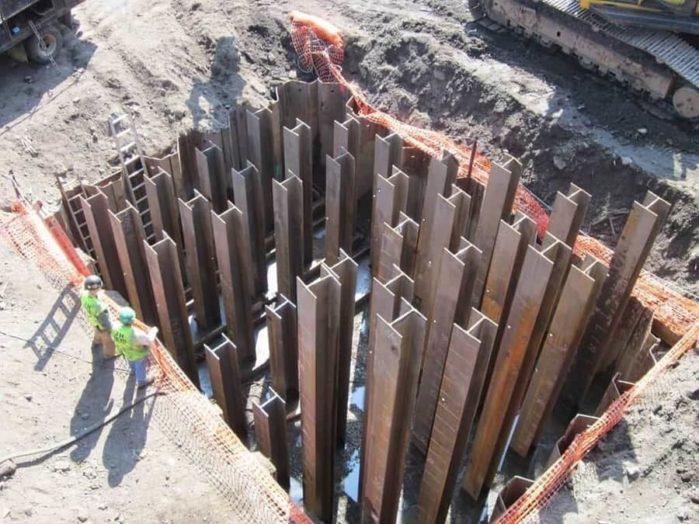
Pile Foundation Types
Foundation Footing is Prepared By Helical Piers
If a home or other structure is being repaired, the project will start in one of two ways. For outside installation, an area of soil next to the foundation of the home must be dug out to expose the footing.
This will occur in every place a pier is to be installed. If the installation is inside, a section of the slab flooring will be removed to expose the footing. In either case, after the job is finished, the dirt and the slab will be replaced.
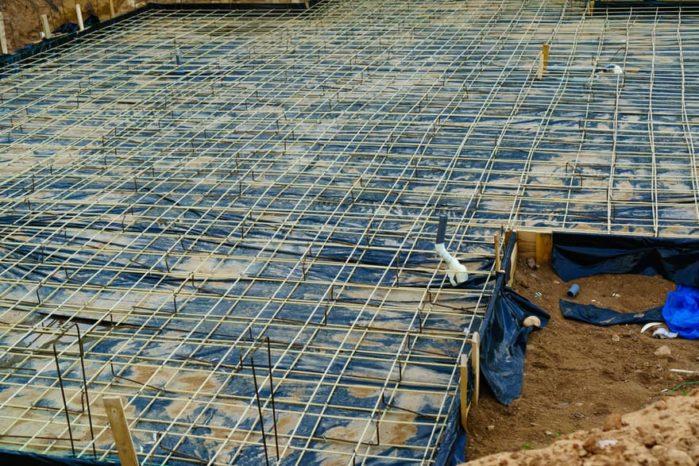
Concrete foundation
Because hand tools are used throughout the process, there is little mess during the project itself. Contractors will be able to take accurate reads and measure the resistance, depth, and torque to ensure the entire process is going according to plan.
Few other options guarantee such precision for this type of project.
- Can support up to 5,000 pounds
- Resist heaving
- Resist sinking
Last update on 2024-04-30 at 11:38 PST - Details
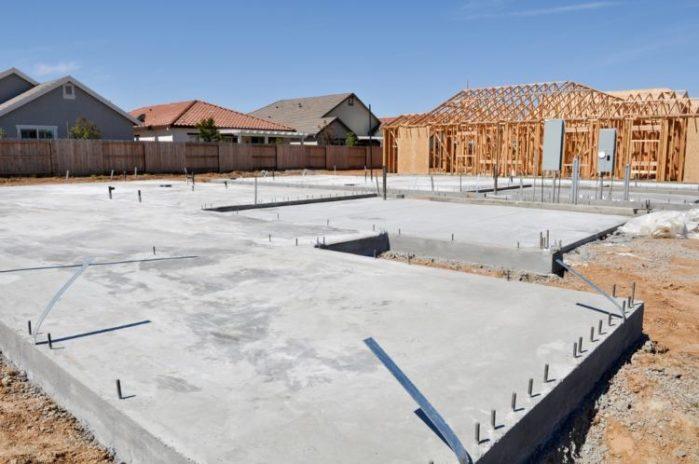
New Home Foundation Construction
Helical Pier Shafts are Inserted
The next part of the process is surprisingly fast. At a rate of two feet per minute, the helical pier is turned into the dirt. Like a screw, the shaft will wind its way down until it reaches past the active soil and sinks into loadbearing soil.
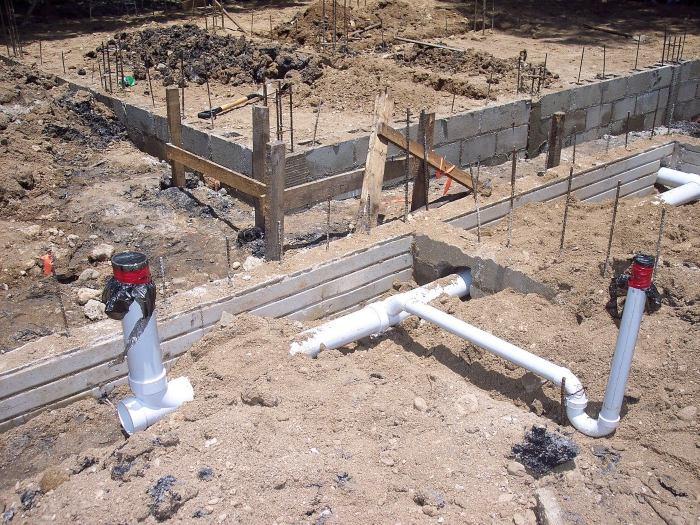
Helical Piers Installation
Loadbearing soil won’t be impacted by weather, wind, and other elements that cause erosion or expansion, creating a bedrock-like foundation.
The helical piers will be screwed downward until they reach the desired depth, where they will remain solidly in place. Each pier is made of galvanized steel and can support around 500 tons of weight. They are corrosion-resistant and will last well into the next generation.
After:
You have this process completed, you won’t need to worry about doing it ever again.
This process is safe for any area, even if the land around you is environmentally sensitive. Due to the lack of heavy equipment, vibrations are extremely low during the entire project. An operator always controls the shaft drive-in process and can adjust the speed as necessary.
There is little displacement of dirt or landscape, further ensuring a peaceful process for the building owner and landowner alike.
Foundation Brackets are Installed
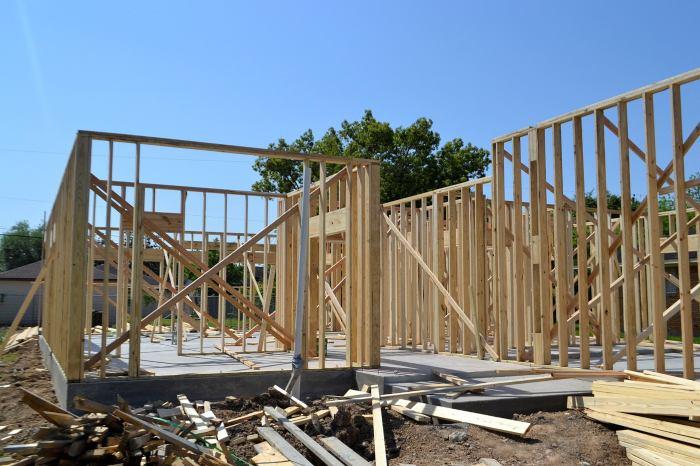
As opposed to pushing piers, helical piers are driven all the way into the ground and will reach their final resting place before their brackets are attached. Helical piers don’t require weight to be driven into the soil.
Since they are screwed in, they reach their destination and depth without the force or weight from a building. When each helical pier is in place, steel brackets are installed onto the piers to connect them to the footing of the structure they are meant to support.
Foundation is Stabilized
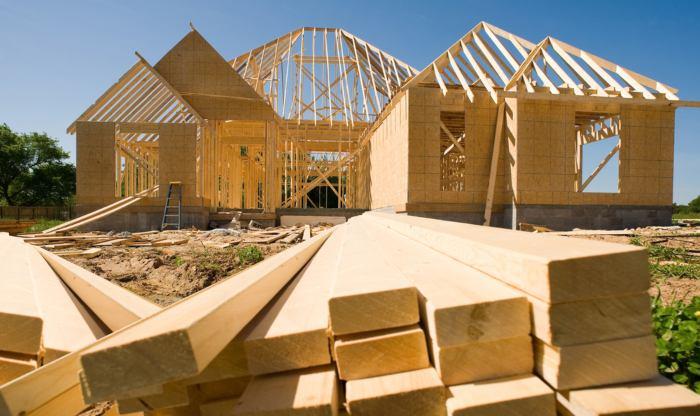
A new home being built with wood, trusses, supports and a foundation.
For slab foundations that are being restored, after all the helical piers are in place and have brackets installed, the foundation can be readjusted and fixed. This is a near-permanent solution.
You won’t need to have the process revaluated for decades. Helical piers are meant to last a lifetime no matter what kind of building they support.
If helical piers are in place and ready to support a new structure, a slab foundation will get poured, and the rest of the building will undergo construction as usual.
Helical piers can support any size of a building given enough piers and proper placement. There will be no sagging regardless of the building size, and the building will be as solid as if it were placed directly on bedrock.
It will no longer be subject to active soil or excessive moisture, as the helical piers are down far enough that they will be stable regardless of the upper soil conditions.
Helical Piers are Covered
Once the job is complete:
The site where the helical piers were driven into the ground will be covered over with dirt from the original hole with very little dirt left over.
If forming the foundation for a building, they will be cement capped and fitted with a lifting system. The total process requires little landscape displacement and minimal disruption to the area around the home or building is supported.
The Job is Done
The total process is so fast and efficient that some helical pier projects can be completed in as little as one day. Helical piers are the perfect solution for any type of terrain, making them easy to work with and incredibly durable.
They can be installed regardless of the weather, and you don’t need to wait for concrete to set. They’re weather-resistant, making them the perfect option for long-term supports.
Thanks to their durability and longevity, once this job is done, you won’t need to do it again.
If you’re supporting a damaged structure, you can rest assured that you’ve saved yourself the cost of increased damage.
If you’re building a brand-new structure, you’ll know that your building is secure.
The Benefits of Helical Piers
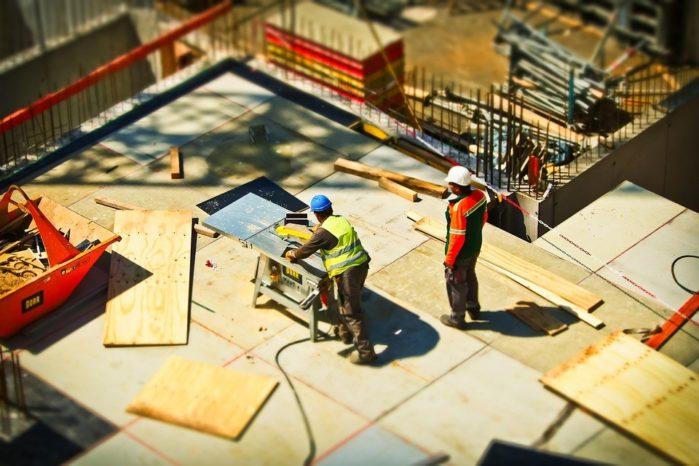
home foundation
Helical piers have numerous benefits, and each one can save you significant amounts of time and money. Placing them into your structure ensures your foundation remains secure and will not falter or sink.
Due to the depth the piers reach, they will be unaffected by surface weather such as snow, excessive rain, and flooding. If used for temporary structures, they can be removed and reused for another structure elsewhere.
They are a no-maintenance installation, and once they’re in, you can set it and forget it. Thanks to their size, weight, and ease of transporting, no heavy machinery such as cranes are needed to transport the piers.
These have become a popular option for many construction projects, and it’s not hard to see why. What project would you use helical piers on?
I'm so excited to tackle all my home improvement projects! From plumbing to DIY and cleaning - I'm ready to get down to work! #homerepair #homecleaning #plumbing #diy #fixerupper #realestate #renovation #interiordesign #farmhouse #diy #homedecor #hgtv #home #farmhousedecor #modernfarmhouse #farmhousestyle #fixerupperstyle #fixandflip #homerenovation #realestateinvesting #beforeandafter #homesweethome #remodel #realestateinvestor #interior #realtor #joannagaines #flippinghouses #countryliving #design #homedesign #farmhouseinspired #investmentproperty #bhghome #renovationproject #farmhousekitchen #homeimprovement #farmhouseliving #cottagestyle #decor #realestateagent #magnoliahome #homeinspo #magnoliamarket #kitchendesign #dreamhome #shiplap #construction #houseflipping #investor #farmhousedesign #architecture #farmhousechic #homereno #rusticdecor #reno #kitchenremodel #webuyhouses #magnoliatable #rentalproperty #fixerupperinspired #newhome #interiors #homeremodel

